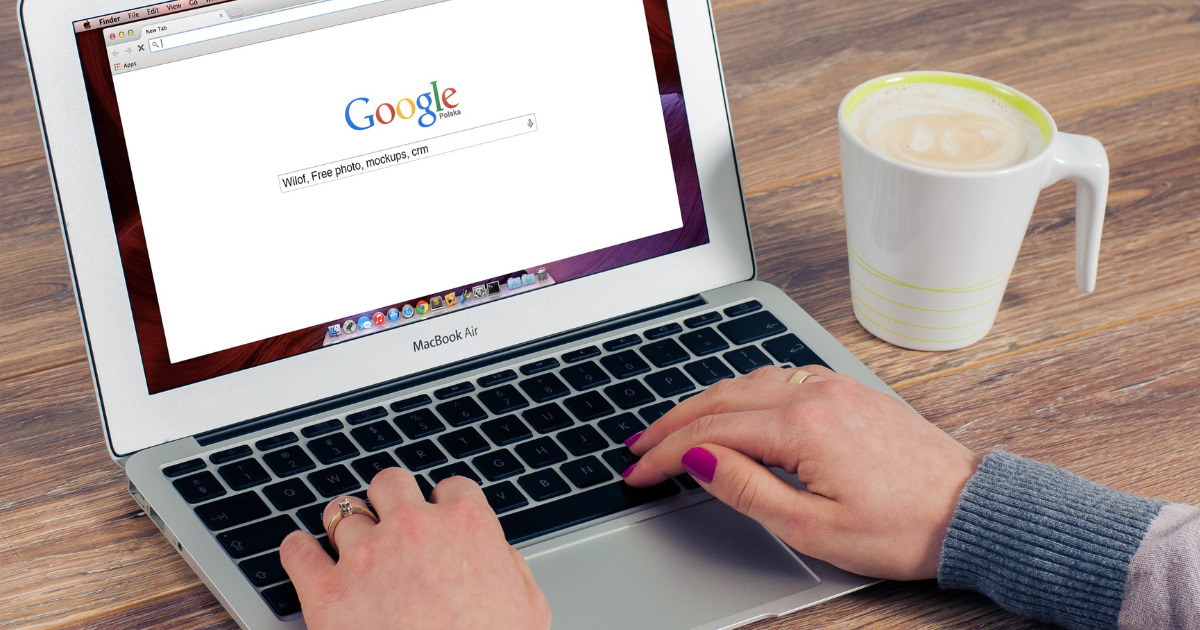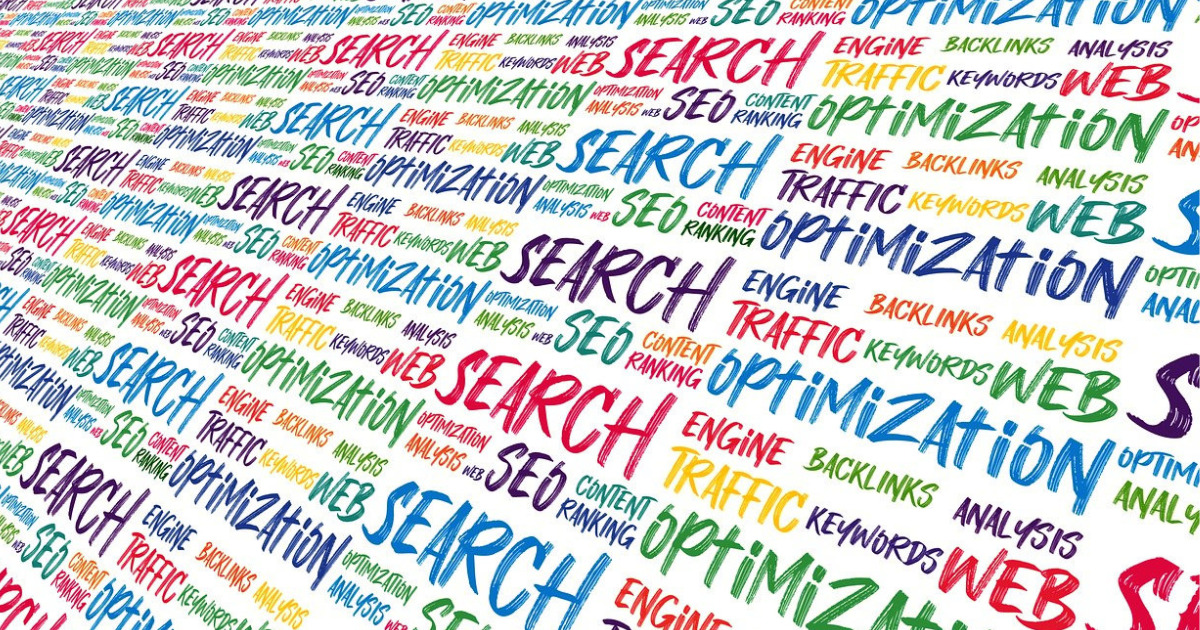Are you wondering about the impact of quoting information from other sites on SEO?
If you’re involved in creating web content, you may find yourself wanting to cite high-quality information or research results from other sites in your own articles.
However, using someone else’s text or images as if you created them yourself can be problematic not only from an SEO perspective but also in terms of copyright.
In this article, we provide detailed explanations about the correct citation methods and the SEO effects of citations.
- SEO Effects of Citations
- Correct Citation Methods from an SEO Perspective
- Correct Citation Methods from a Copyright Perspective
- Correct Citation Methods from a Usability Perspective
- Frequently Asked Questions about Citations
By citing appropriately according to the rules, you can enhance the credibility of your article and increase user satisfaction.
If you write for a website or blog, be sure to learn the basic rules of “citations” in this article.
Table of contents
SEO Effects of Citations
In conclusion, the presence or absence of “citations” does not directly impact rankings.
However, the SEO impact of citations can be positive or negative depending on how they are used.
Appropriate Citations Enhance Credibility
Citations as support for claims increase the credibility of information and user satisfaction.
Have you ever questioned a claim while reading an article, thinking, “How can they say that?”? At such times, seeing not only the author’s opinion but also objective data and official information as evidence should increase your sense of satisfaction.
Satisfying users ultimately enhances SEO ratings because Google, which evaluates pages, prioritizes user experience.
1. If you focus on the user, everything else will follow.
Google has always prioritized user convenience. …
Furthermore, Google nowadays emphasizes “E-E-A-T.”
E-E-A-T stands for Expertise, Authoritativeness, and Trustworthiness, and it is one of the criteria Google uses to evaluate websites.
Quoting statements from experts in the field or citing data released by public institutions, while clearly indicating the source, enhances the credibility of information.
As a result, it can have positive effects on SEO.
Quoting Without Providing Unique Value is Detrimental
Copying entire texts or images from others and directly posting them on your site violates Google’s guidelines.
Reference: Google Search Central – Scraped Content
This is not “citation” but rather “unauthorized reproduction,” which could lead to legal issues.
Even if you don’t copy all the text, pages that don’t provide any unique value are unlikely to have a positive impact on SEO.
This is confirmed by the statement of Google’s John Mueller on the question-and-answer site “reddit.”
If it’s just a rehash of someone else’s content (quoting it) with no added value, then that doesn’t really leave a good impression, neither to Google, nor to users.
Source: reddit – How can I quote content without it being labeled as duplicate
It’s crucial to understand that citations are meant to support your own claims.
So, how can you cite properly in specific formats for it to be appropriate?
When citing, you need to remember the correct citation methods from three perspectives:
- SEO
- Copyright
- Usability
First, let’s explain the correct citation methods from an SEO perspective.
Correct Citation Methods from an SEO Perspective
From an SEO perspective, it’s essential to adhere to the following two points when citing:
- Use the citation tag (blockquote)
- Indicate the source page with anchor text
Let’s explain each in detail.
1. Use the Citation Tag (Blockquote)
When citing, use the citation tag (blockquote).
The citation tag is one of the HTML tags.
Since HTML is a language that computers can understand, using the citation tag can inform search engines that “this part is a citation.”
In 2015, Google’s John Mueller denied that Google uses the citation tag as a signal, but the current situation remains a black box.
Source: YouTube – English Google Webmaster Central Office-Hours Hangout
Since there is no downside to using the citation tag, it is recommended for those focusing on SEO to describe citations using the tag.
<blockquote>
<p>Enter the text you want to quote.</p>
<cite>Source: <a href="Enter the URL of the source">Enter the text to be displayed as a link</a></cite>
</blockquote>
2. Indicate the Source Page with Anchor Text
Show the source page using anchor text.
Anchor text refers to the text displayed in blue links (also called link text).
Some people only mention the URL for the source, but this is not recommended.
This is because using only the URL makes it difficult for users and search engines to understand the content of the linked page.
Even in the Search Engine Optimization (SEO) Starter Guide, it is mentioned:
Create anchor text that provides basic information about the content of the linked page.
Source: Search Engine Optimization (SEO) Starter Guide – Writing effective link text
If you are conscious of SEO, link to the source with “easy-to-understand text.”
For more details on the SEO effects and key points when creating anchor text, please check the article below.
Also, please confirm.
What is Anchor Text? Explanation of its impact on SEO and key points when creating it -webma-
In the next chapter, we will explain the correct citation methods from the perspective of copyright.
Correct Citation Methods from a Copyright Perspective
When quoting someone else’s work, it is necessary to follow the rules specified by copyright law.
If you do not follow these rules, the quotation will not be recognized as legitimate.
There is a possibility of penalties for “copyright infringement.”
There are four points to keep in mind when quoting, so be sure to check them.
(1) There must be a necessity to quote someone else’s work.
(2) Use brackets or other means to clearly distinguish between your own work and the quoted part.
(3) The relationship between your own work and the quoted work should be clear (your work is the main part).
(4) The source must be indicated (Article 48).
Source: Agency for Cultural Affairs – When a copyrighted work can be freely used
Just looking at the points may not be clear, so let’s explain each one in detail.
* The author of this article is not a legal expert. It is recommended to check the above site of the Agency for Cultural Affairs on your own.
1. There Must Be a Necessity to Quote
In simple terms, it means whether the “purpose of quoting” is legitimate.
For example, quoting for purposes like “want to increase the amount of text” or “want to use it because the image is beautiful” is not allowed.
Quoting that has no relevance to the content or explanation is considered to lack “necessity.”
Although it may be a bit difficult to judge, it is important to think about whether quoting is necessary in the first place before quoting.
2. Clearly Distinguish Between Your Own Work and Quoted Part
It is necessary to clearly indicate where your own work ends and where someone else’s work begins.
Quotation marks (” “) are often used to indicate the boundaries of the quotation.
As explained earlier, using the blockquote tag on a web page visually distinguishes it, so there is no problem.
3. The Relationship Should Be Clear
Your own work should be “main,” and the quotation should be “subordinate.”
If more than half of the page consists of quotes from other sites, it cannot be considered a legitimate main-subordinate relationship.
This applies not only to the “quantity” of quotes but also to the “quality” (content).
Your own claims or considerations should be the main focus, and quotes should be used as “supporting roles” to back them up.
4. Source Must Be Indicated
Quoting without indicating the source is a rule violation.
Always indicate “where the quoted information comes from.”
If the source is a web page, include the page title and link along with it.
The above is the correct way to quote from the perspective of copyright.
In the next chapter, we will look at the preferable quoting methods from the perspective of usability.
Correct Quoting Methods from a Usability Perspective
In this chapter, “usability” means being “beneficial” to users.
From the perspective of usability, the correct quoting methods are as follows.
- Quote reliable information
- Quote primary information
Let’s explain each one.
1. Quote Reliable Information
Quoting information from an unreliable source is not effective.
Users will not be convinced if based on unreliable information.
Try to find information from reliable sources as much as possible.
For example, information from a company’s blog is more reliable than an individual’s blog, and information officially announced by a government or public institution is more credible than a company’s blog.
Moreover, people often consider information published as books or papers more reliable than information on web pages.
Highly reliable research or papers can be searched using sites like the following (just an example).
You can also search for papers or documents on the web by using Google with “filetype:pdf keyword.”
By searching this way, you can narrow down to “PDF” documents related to the keyword, so please make use of it.
2. Quote Primary Information
A common mistake when quoting is directly using information listed on other sites as the source without checking the original (primary information).
This practice, quoting without investigating the original source, is referred to as “secondhand quoting.”
Texts listed as quotes on other sites may have been modified.
Due to its lack of reliability, always confirm the original source and quote from there.
By doing so, users can quickly access primary information.
Frequently Asked Questions about Quoting
In this chapter, we will answer four common questions about quoting.
- How many times is it acceptable to quote within one article?
- Is it allowed to use quote tags in places other than quotes?
- Is it necessary to obtain permission from the source?
- What should be done if information from another site is referenced to create one’s own content?
1. How many times is it acceptable to quote within one article?
There is no clear criterion like “up to ○ times per article” for quoting within one article.
However, as mentioned earlier, excessive quoting where quotes become the “main” content may potentially constitute copyright infringement.
From an SEO perspective, a content heavily relying on quotes may be viewed negatively as it lacks originality.
Be cautious not to let quoting become the main focus.
2. Is it allowed to use quote tags in places other than quotes?
Using “quote tags” in places other than actual quotes is not recommended.
Using “quote tags” where it is not a quote may lead search engines to perceive that “this page has minimal original content,” potentially impacting SEO negatively.
If you use quote tags for decorative purposes, it is more appropriate to use CSS or other methods for styling.
3. Is it necessary to obtain permission from the source?
If quoting follows the rules of copyright, there is no need to obtain permission from the source.
However, when engaging in “reprinting” (publishing something listed on another site directly on a different site), obtaining permission from the source is mandatory.
4. What should be done if information from another site is referenced to create one’s own content?
In this case, it is advisable to mention “reference” or “consulted.”
- Quote: Extracting and directly publishing a part of someone else’s text or figures.
- Reference: Comparing with and cross-referencing someone else’s text, figures, or data.
- Consult: Using someone else’s text, figures, etc., as a hint to deepen one’s thoughts.
Quoted Content Strengthens SEO
While the methods introduced so far for “quoting” are important, being “quoted” is also crucial for SEO.
In SEO, “backlinks” are one of the indicators when evaluating a page.
Backlinks refer to links from other sites to your own site.
Google is based on the idea from academic papers that “if it’s a good paper, it will be quoted by other papers.”
Therefore, Google values backlinks, thinking that “if the content is good, it will be quoted by many other sites.”
Increasing content that is quoted as “high-quality” can positively impact rankings.
Backlinks are explained in a separate article on this site.
If you would like to know more, please read the page below.
What is a backlink? Explaining the relationship with SEO and how to increase backlinks -webma-
[Summary] Properly Conducting Quoting is Important
Quoting only has a positive effect on SEO when done correctly.
Adhere to the rules introduced this time and quote information from other sites.
- Use quote tags (blockquote)
- Indicate the source page with anchor text
- There must be a necessity to quote
- Clear distinction between one’s own work and the quoted portion
- Clear hierarchy
- Source is explicitly indicated
- Quote reliable information
- Quote primary information




